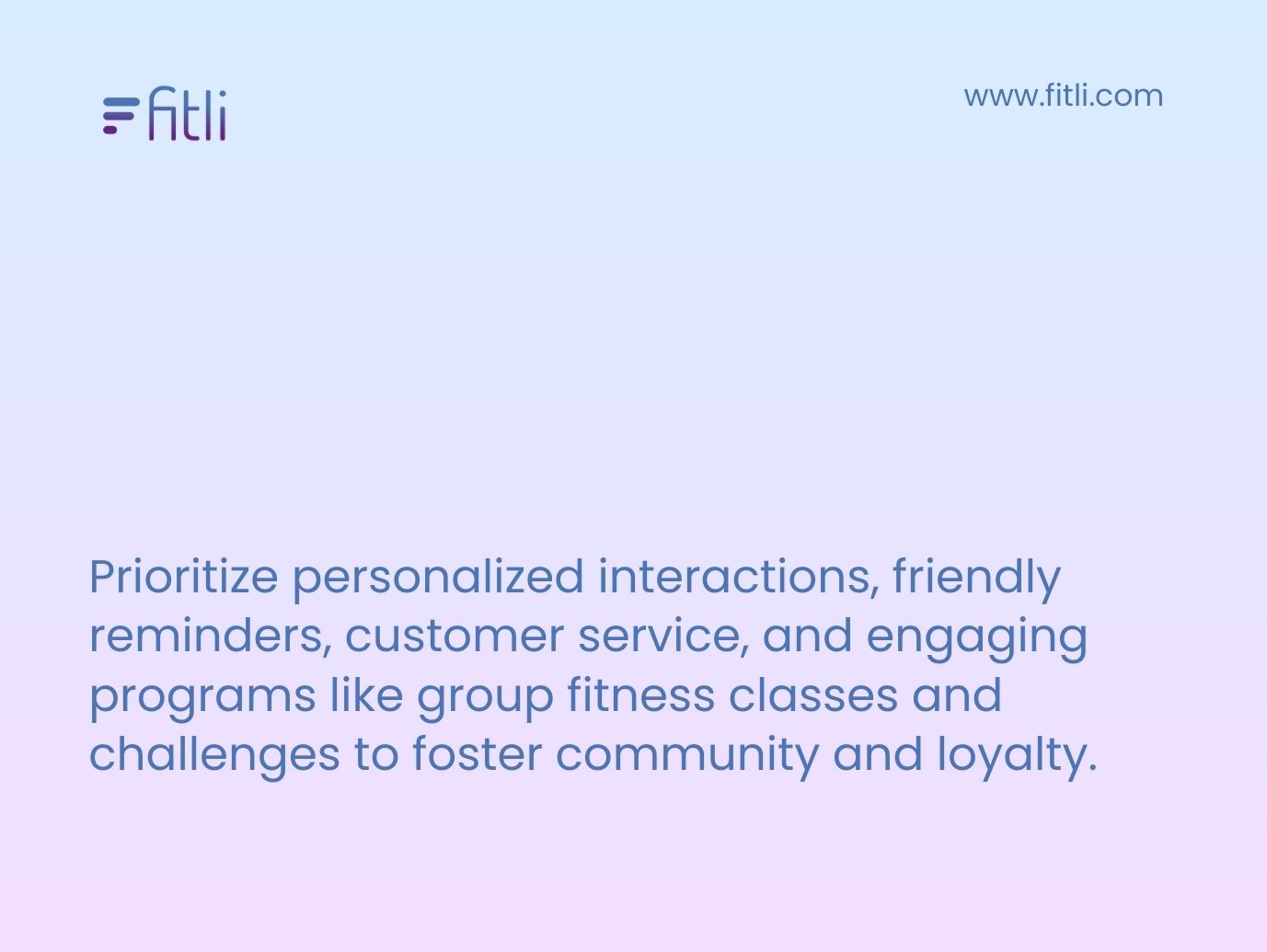Expert Fitness Center Management Tips and Practices
In today’s fast‑paced wellness landscape, fitness center management goes beyond keeping treadmills running, it’s about delivering exceptional member service, optimizing operations with a fitness center management system, and cultivating a thriving team. Whether you run a neighborhood studio, an onsite fitness center, or oversee corporate fitness programs, success depends on developing strong leadership and operational skills. This article offers practical, research‑backed solutions to common pain points in managing a fitness center, from group fitness dynamics to leveraging tech for efficiency.







